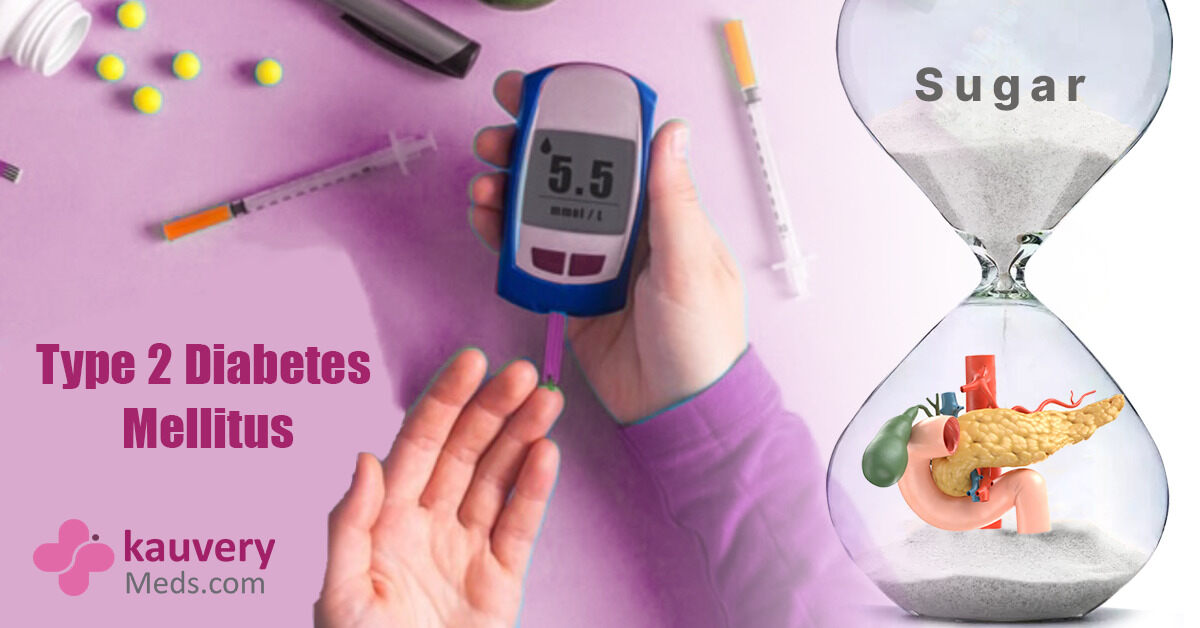Type 2 Diabetes Mellitus
Dec 28, 2022
What is Type 2 Diabetes Mellitus?
- The Pancreas does not produce enough insulin (Type 1) or if your body resists or does not use the insulin produced by the pancreas (Type 2)
- With low insulin or no proper usage of insulin, the body cannot regulate the flow of sugar and intake of sugar by the body's cells
How does Type 2 diabetes differ from Type 1, does it affect a specific age group?
Type 2 diabetes is not only genetic but also due to lifestyle and health factors
|
Low insulin is produced as the body does not effectively use it |
||
Symptoms of Type 2 Diabetes Mellitus
- Increase in thirst
- Increase in hunger (Want to eat a lot)
- Frequent Urination (Passing Urine always)
- Weight loss, even when you eat a lot of food
- Blurred vision, especially at night. This can be a sign of low blood pressure or high triglycerides, which are linked to diabetes mellitus symptoms and exacerbate these conditions over time if left untreated
- Fatigue, which makes it difficult to sleep or do physical activity
- Nausea or Vomiting every morning before breakfast because one has not eaten enough food during the day
- A lot of infections and wounds heal very slowly
- Sweating, Shaking, Confusion, Dizzy feeling, going Numb
Causes of Type 2 Diabetes Mellitus
The causes of Type 2 diabetes mellitus include:
- Genetic predisposition: People with a family history of the condition are more likely to develop it than those who do not have that history
- Obesity or Overweight: Becoming overweight or obese is another cause of type 2 diabetes mellitus. This can increase of risk developing the disorder by up to 80%
- Lack of physical activity and high-calorie diet. Being inactive leads to changes in the body composition which increases blood glucose levels and contributes to an increased risk of developing type 2 diabetes mellitus over time.
- Depression, Stress, Smoking, Lack of Sleep, and High blood pressure
Dangerous effects of Type 2 diabetes mellitus
The complications of type 2 diabetes mellitus include
- Kidney damage or Failure
People with type 2 diabetes are at increased risk of severe damage or failure of the kidneys and is associated with increased death rates from heart attacks and stroke
- Blindness or slow loss of vision
It occurs because of blood vessel damage in the back part of the eye, where it's difficult to see clearly until it reaches Stage 3 or 4. This can cause blindness even further if not treated properly
- Nerve Damage (Neuropathy)
Damage and destruction of nerves that can result in loss of feeling or any senses in the fingers, legs, or part of the body where the damage has occurred
- Healing Problems and Leg Amputation (removing limbs that do not heal)
- Heart disease, Stroke, and High blood pressure (blood vessels becoming narrow)
What are Hypoglycemia & Hyperglycemia conditions?
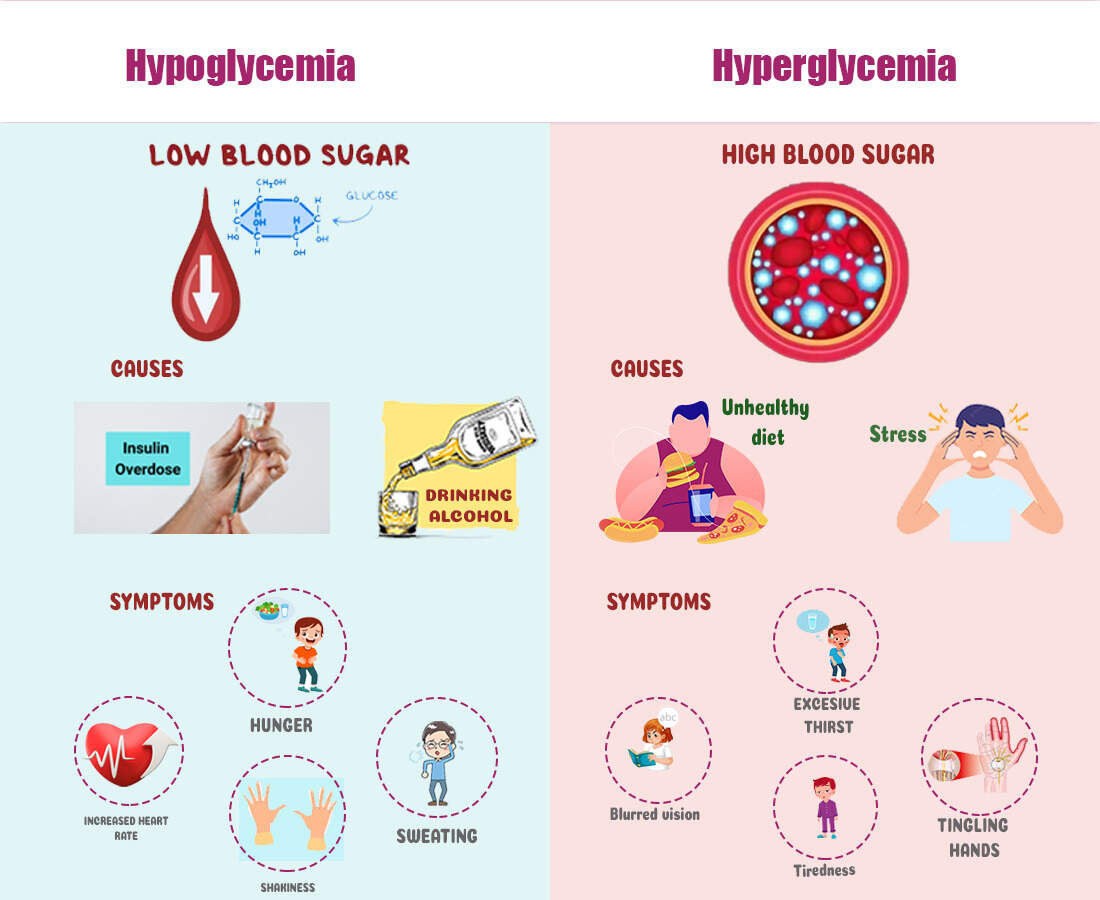
Hypoglycemia or Low Blood Sugar
This is a condition of low blood sugar levels in the body and the causes are
- Not eating properly for the insulin taken via injection
- Not taking insulin on time or taking excess or overdose of insulin
- Not following a healthy lifestyle or diet
- Drinking Alcohol
- Too much fat content in food or intake of junk food
- Lack of physical exercise or work
Symptoms of Hypoglycemia: Hunger, sweating, increased heart rate, and shakiness.
Hyperglycemia or High Blood Sugar
This is a condition of high blood sugar levels in the body and occurs due to
- Body not utilizing insulin properly to control blood sugar levels
- Not taking diabetes medicines or insulin properly on time
- Not following a proper or healthy diet and food plans
- Physical or Emotional Stress, illness, or infection in the body
Treatment of hyperglycemia involves
- Eating small amounts of food continuously throughout the day so that there is always a correct amount of sugar present for proper metabolic functions in our body
- Not skipping meals
- Following a healthy lifestyle
- Proper intake of anti-diabetic medications so that blood sugar levels do not increase to abnormal levels
What are the Tests & Diagnostics for Type 2 Diabetes Mellitus?
The most common tests used to diagnose type 2 diabetes mellitus are:
- Fasting plasma glucose test (FPGT) - This is a blood test, which measures the amount of glucose in your bloodstream. It can be done after an overnight fast or on an empty stomach
- Oral glucose tolerance test (OGTT) - This is an oral test that determines how well one’s body uses carbohydrates for energy production over time. Its process starts with giving you either a liquid sugar drink or solid sugary food that contains carbohydrates and then measures how much energy it takes for your body to use the available carbohydrates during a period after consuming these foods
- Random blood sugar test - The random blood glucose test is done using a glucometer and test strips at any random time of the day to check the amount of glucose present in the blood. Other confirmation tests must be taken to confirm type 2 diabetes if the blood sugar level is greater than 200mg/dl and the condition must be diagnosed
- HbA1c test - This test is used to check average blood glucose levels for 2 to 3 months of time. It is usually done to check how well the person has managed type 2 diabetes mellitus by taking medicines or insulin. If the HbA1c level is above 6.5 percent your doctor will confirm if you have a diabetic condition
- Other Tests -
Blood pressure test
Eye and vision test
Foot and infection check
Lipid profile (Fat & Cholesterol check)
Kidney & Liver function test (KFT, LFT)
Vitamin B12 test
Treatment for Type 2 Diabetes Mellitus
What are the foods that must be taken and avoided for Hypoglycemia & Hyperglycemia?
Hyperglycemia (High Sugar):
Hypoglycemia (Low Sugar):
Conclusion
<iframe width="560" height="315" src="https://www.youtube.com/embed/rl5dZSb0Je0?rel=0" title="Type 2 diabetes mellitus" fetchpriority="low" frameborder="0" allow="accelerometer; autoplay; clipboard-write; encrypted-media; gyroscope; picture-in-picture" allowfullscreen></iframe>Recent Post
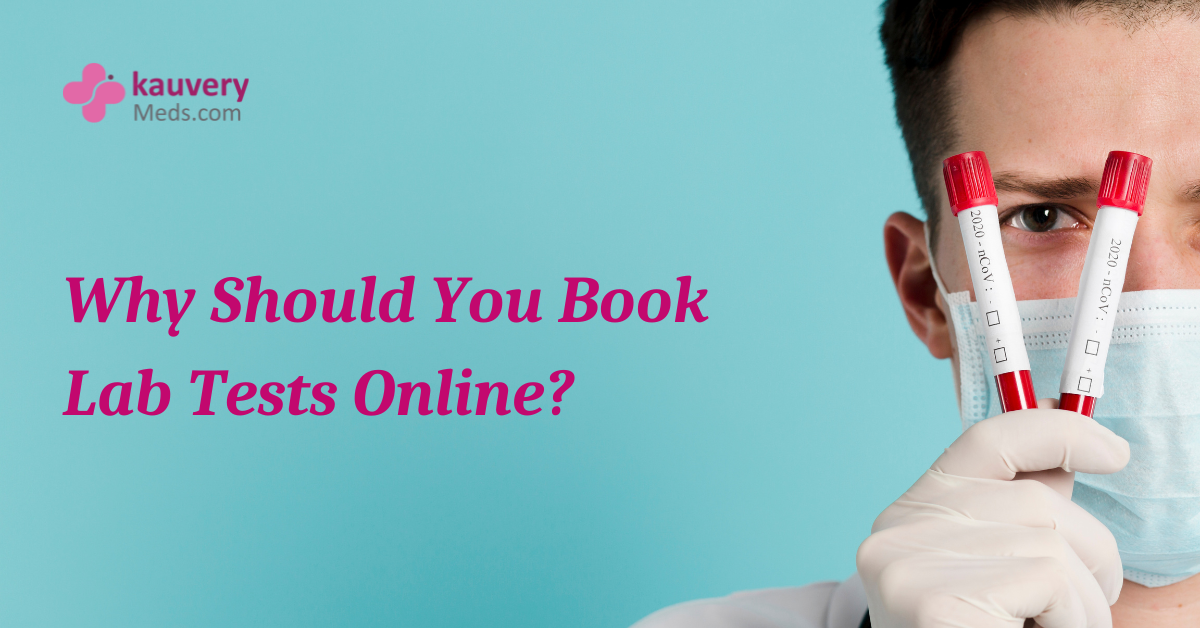
Why Should You Book Lab Tests Online?
_(1)_CAT_1640504567.jpg)
ஸ்மார்ட் போன்களால் ஏற்படும் பிரச்சனைகள்
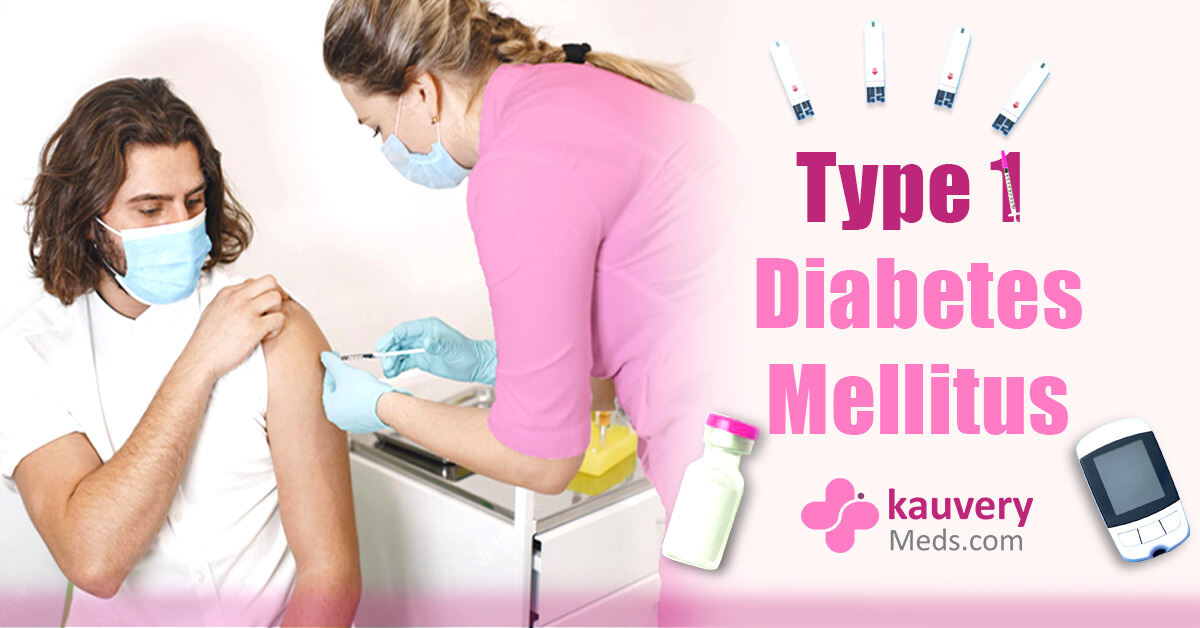
Type 1 Diabetes Mellitus
_CAT_1684759383.jpg)
Tooth Cavities

Understanding Diabetes: Fasting and Other Essential Sugar Tests

Top 10 Essential Skincare Tips for Healthy and Glowing Skin

Summer Skincare Routines and Sunscreen Recommendations

5-Minute Skincare Routine for Oily Skin

5-Minute Skincare Routine for Dry Skin
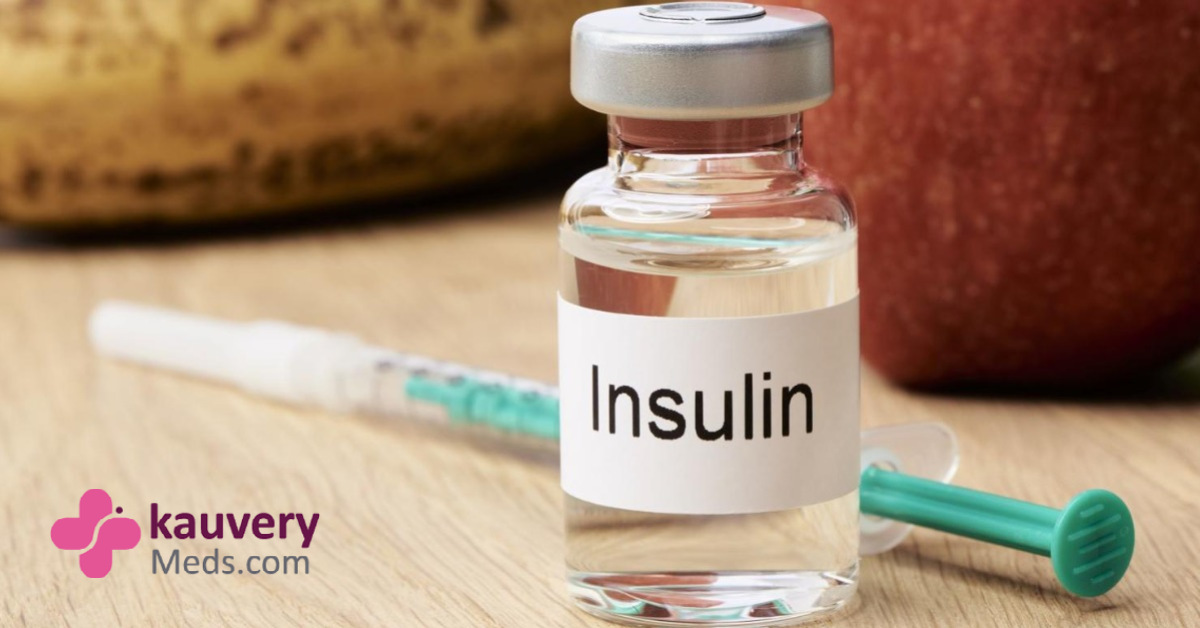
நமது வாழ்க்கையில் இன்சுலினின் பங்கு

